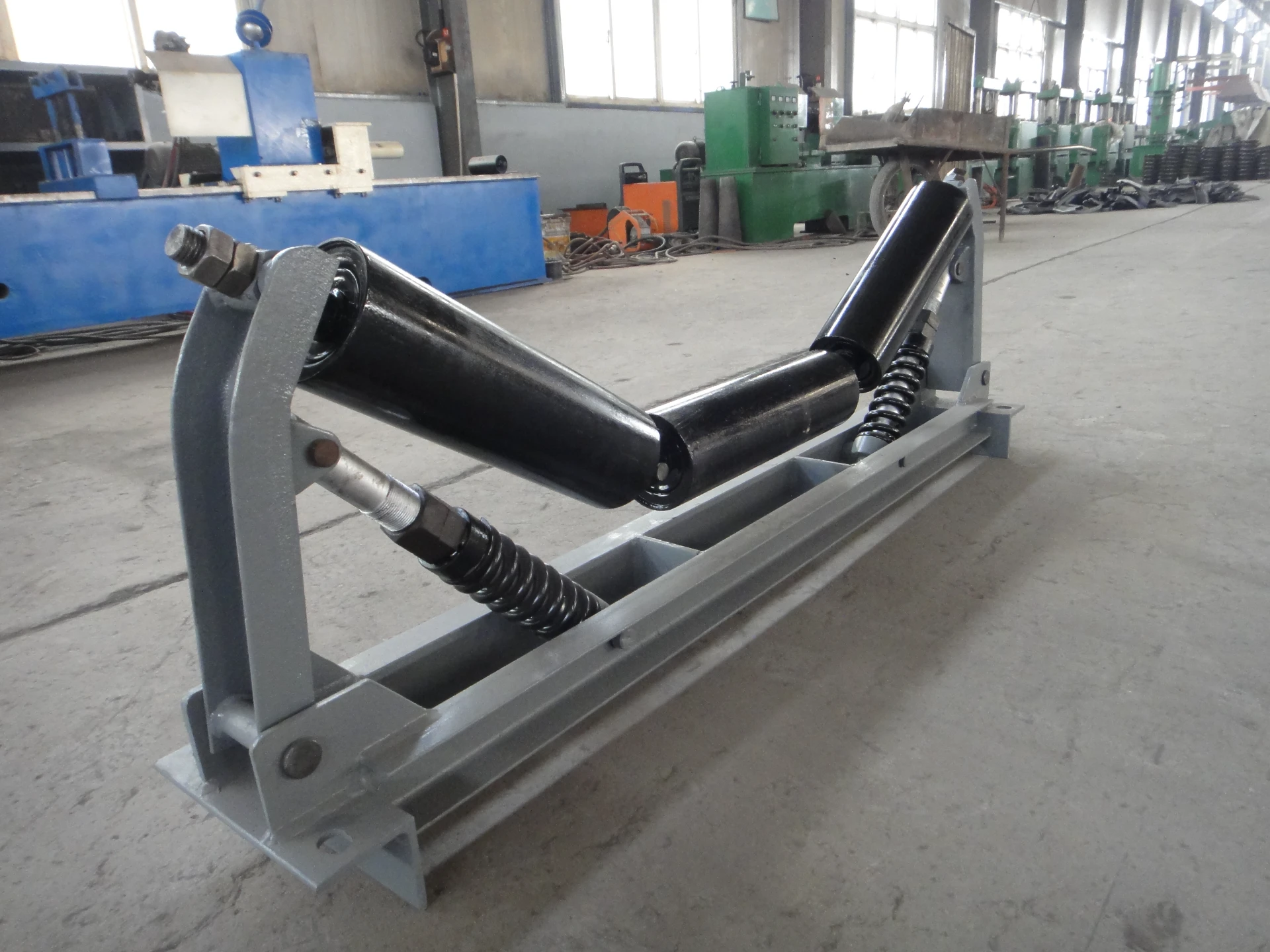 Afrikaans
Afrikaans  Albanian
Albanian  Amharic
Amharic  Arabic
Arabic  Armenian
Armenian  Azerbaijani
Azerbaijani  Basque
Basque  Belarusian
Belarusian  Bengali
Bengali  Bosnian
Bosnian  Bulgarian
Bulgarian  Catalan
Catalan  Cebuano
Cebuano  Corsican
Corsican  Croatian
Croatian  Czech
Czech  Danish
Danish  Dutch
Dutch  English
English  Esperanto
Esperanto  Estonian
Estonian  Finnish
Finnish  French
French  Frisian
Frisian  Galician
Galician  Georgian
Georgian  German
German  Greek
Greek  Gujarati
Gujarati  Haitian Creole
Haitian Creole  hausa
hausa  hawaiian
hawaiian  Hebrew
Hebrew  Hindi
Hindi  Miao
Miao  Hungarian
Hungarian  Icelandic
Icelandic  igbo
igbo  Indonesian
Indonesian  irish
irish  Italian
Italian  Japanese
Japanese  Javanese
Javanese  Kannada
Kannada  kazakh
kazakh  Khmer
Khmer  Rwandese
Rwandese  Korean
Korean  Kurdish
Kurdish  Kyrgyz
Kyrgyz  Lao
Lao  Latin
Latin  Latvian
Latvian  Lithuanian
Lithuanian  Luxembourgish
Luxembourgish  Macedonian
Macedonian  Malgashi
Malgashi  Malay
Malay  Malayalam
Malayalam  Maltese
Maltese  Maori
Maori  Marathi
Marathi  Mongolian
Mongolian  Myanmar
Myanmar  Nepali
Nepali  Norwegian
Norwegian  Norwegian
Norwegian  Occitan
Occitan  Pashto
Pashto  Persian
Persian  Polish
Polish  Portuguese
Portuguese  Punjabi
Punjabi  Romanian
Romanian  Russian
Russian  Samoan
Samoan  Scottish Gaelic
Scottish Gaelic  Serbian
Serbian  Sesotho
Sesotho  Shona
Shona  Sindhi
Sindhi  Sinhala
Sinhala  Slovak
Slovak  Slovenian
Slovenian  Somali
Somali  Spanish
Spanish  Sundanese
Sundanese  Swahili
Swahili  Swedish
Swedish  Tagalog
Tagalog  Tajik
Tajik  Tamil
Tamil  Tatar
Tatar  Telugu
Telugu  Thai
Thai  Turkish
Turkish  Turkmen
Turkmen  Ukrainian
Ukrainian  Urdu
Urdu  Uighur
Uighur  Uzbek
Uzbek  Vietnamese
Vietnamese  Welsh
Welsh  Bantu
Bantu  Yiddish
Yiddish  Yoruba
Yoruba  Zulu
Zulu mining conveyor pulleys
Understanding Mining Conveyor Pulleys Critical Components for Efficient Operations
Mining operations rely heavily on a variety of equipment to ensure the safe and efficient extraction of minerals and ores. One of the often-overlooked yet integral components of this machinery is the conveyor pulley. These pulleys play a vital role in the functionality of conveyor systems, which are essential for transporting materials across various stages of mining processes. In this article, we will explore the significance of mining conveyor pulleys, their types, and the factors influencing their performance.
The Role of Conveyor Pulleys
Conveyor pulleys are mechanical devices that help drive the conveyor belt, as well as change the belt's direction, tension, and alignment. Positioned at various points along the conveyor system, these pulleys are critical for maintaining proper belt operation, which can affect the overall efficiency of the mining operation. They are typically categorized into three main types drive pulleys, return pulleys, and snub pulleys.
- Drive Pulleys These are the primary pulleys that provide the necessary propulsion for moving the conveyor belt
. Connected to a motor, drive pulleys are designed to be robust and provide a strong grip on the conveyor belt to transmit power effectively.- Return Pulleys Found on the opposite end of the drive pulleys, return pulleys help guide the belt back to the start. They support the weight of the return belt and are critical for maintaining the overall tension in the system.
- Snub Pulleys These pulleys serve to increase the wrap angle of the belt around the drive pulley, enhancing friction and boosting the conveyor's performance. This increased grip can be particularly important in applications where the conveyor is moving heavier loads.
Material and Design Considerations
mining conveyor pulleys

The materials used in manufacturing mining conveyor pulleys must be durable and capable of withstanding harsh operating conditions. Typically, pulleys are made from high-quality steel, which provides the necessary strength and resilience against wear and tear. In some cases, they may also incorporate protective coatings to resist corrosion, especially in environments with high moisture or chemical exposure.
Design also plays a crucial role in the overall effectiveness of conveyor pulleys. Engineers must consider factors such as the pulley diameter, face width, and the design of the pulley shell to ensure optimal belt performance. Larger pulleys may reduce belt wear and extend its lifespan, while a properly designed pulley can minimize issues related to misalignment and insufficient tension.
Maintenance and Efficiency
Regular maintenance of conveyor pulleys is essential to ensure efficient operations in mining. Operators must routinely check for signs of wear, misalignment, and other potential issues. Even minor deviations can lead to significant problems, including increased friction, reduced efficiency, and potential belt failure.
To enhance the lifespan and performance of conveyor pulleys, many mining facilities now integrate advanced monitoring systems. These systems provide real-time data on pulley performance and can alert operators to unusual conditions, allowing for preventative maintenance measures before costly breakdowns occur.
Conclusion
Mining conveyor pulleys are indispensable to the efficiency and safety of mineral extraction processes. By understanding their roles, types, and the importance of quality design and maintenance, mining operations can significantly enhance their productivity and reduce downtime. As technology continues to advance, innovations in pulley design and monitoring systems are likely to further improve the reliability and efficiency of conveyor systems in the mining industry.
-
Taper Centering Idler Set for Conveyor SystemsNewsJun.25,2025
-
Small Idler Rollers for Industrial ConveyorsNewsJun.25,2025
-
Guide Training Idler Set for Conveyor MaintenanceNewsJun.25,2025
-
Friction Offset Idler Set for Industrial UseNewsJun.25,2025
-
Double-Center-Roller Idler AlignmentNewsJun.25,2025
-
Channel Inset Impact Troughing Idler Set for Heavy LoadsNewsJun.25,2025





























